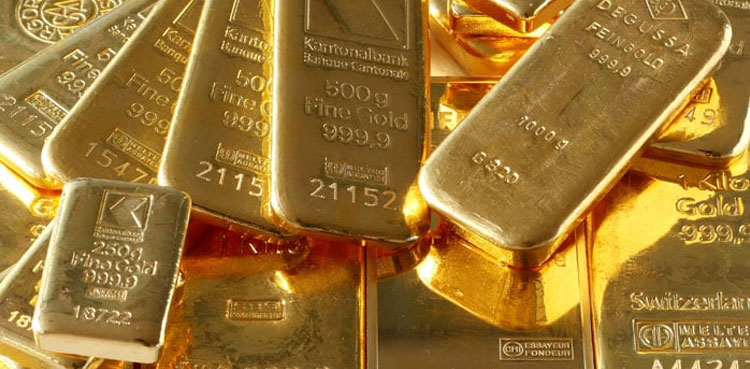Gold prices saw a slight increase on Wednesday, bolstered by a slightly weaker U.S. dollar as investors await a key inflation report that could offer insight into the Federal Reserve’s potential interest rate cuts this year.
At 1148 GMT, spot gold rose by 0.2% to $2,033.90 per ounce, while U.S. gold futures increased by 0.3% to $2,040.00 per ounce.
Han Tan, chief market analyst at Exinity Group, noted that if the Consumer Price Index (CPI) figures surpass market expectations and prompt the Fed to delay its policy pivot, it could lead to a decline in bullion gains from the final quarter of 2023. On the other hand, evidence of U.S. disinflation could push spot gold closer to $2,100 in the immediate term.
The dollar index also decreased by about 0.1% against a basket of currencies, making gold more appealing to foreign currency holders. Investors are now focusing on Thursday’s U.S. consumer inflation numbers, which are anticipated to reveal a 0.2% increase in December and 3.2% year-on-year.
A report from the New York Federal Reserve showed that consumers foresee a decrease in inflation, while Fed Governor Michelle Bowman changed her previously hawkish position, stating that U.S. monetary policy is now “sufficiently restrictive.”
The market currently anticipates a 68% chance of a rate cut at the Fed’s March 19-20 policy meeting, as reflected in the CME FedWatch Tool.
Lower interest rates diminish the opportunity cost of investing in non-yielding gold. Moreover, spot silver remained stable at $22.96 per ounce, with expectations of continued industrial demand.
Philip Newman, managing director of Metals Focus, expressed positivity about industrial demand for silver, foreseeing a deficit in the silver market for the foreseeable future.
Meanwhile, platinum experienced a 0.2% drop to $928.51, while palladium surged by 1.4% to $991.85.
Additional Insight:
Given the potential for U.S. inflation to impact the Federal Reserve’s interest rate decision, the market is closely watching the upcoming inflation report. A higher-than-expected inflation rate could lead to skepticism about an interest rate cut, affecting the demand for gold and other precious metals. On the other hand, evidence of disinflation in the U.S. would likely strengthen the appeal of non-yielding assets like gold. Additionally, the positive outlook for industrial demand in the silver market indicates a sustained need for the metal, despite potential economic slowdowns. These factors contribute to the complex dynamics influencing prices in the precious metals market.









